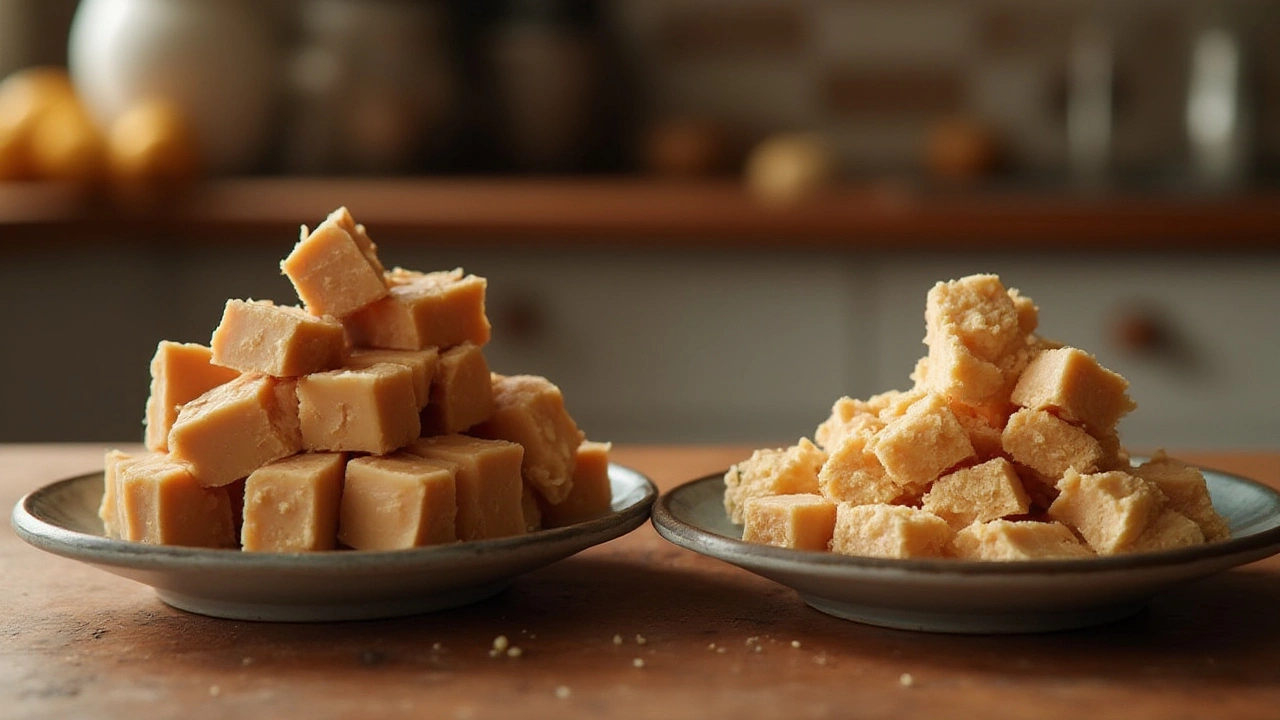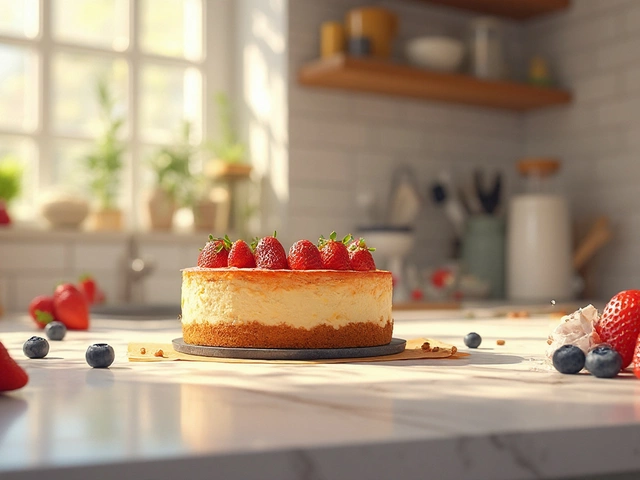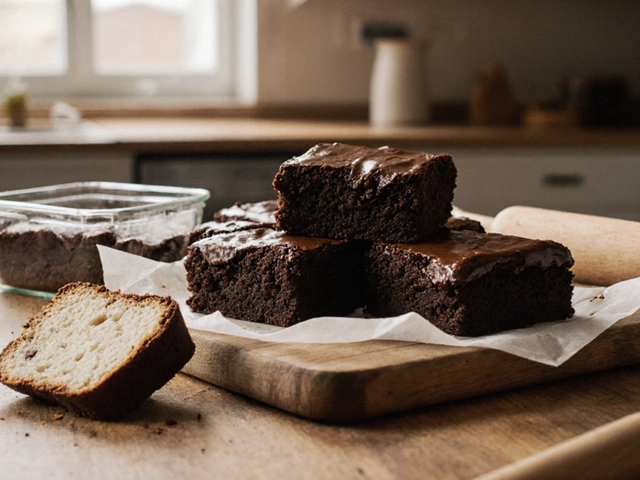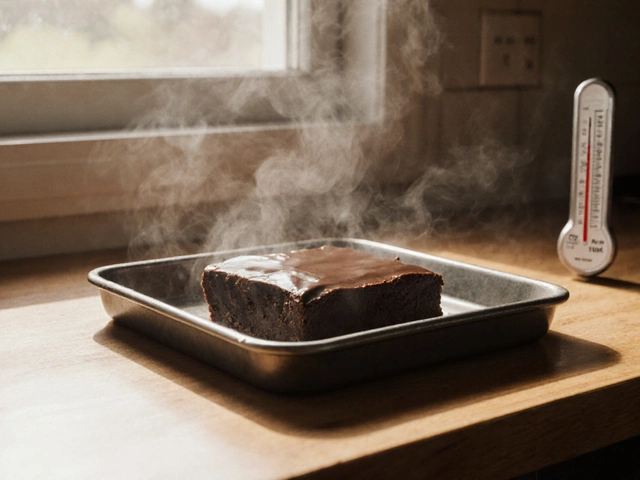Grainy Fudge? How to Turn It Smooth and Creamy Every Time
Ever pulled a batch of fudge from the pot and found it grainy instead of melt‑in‑your‑mouth smooth? You’re not alone—most home cooks hit that roadblock once or twice. The good news? Fixing grainy fudge is all about a few key factors: temperature, stirring technique, and the right sugar mix. Follow these easy steps and you’ll skip the chalky texture and get that glossy, buttery finish you expect from a candy store.
Why Does Fudge Turn Grainy?
Graininess happens when sugar crystals grow too large during cooling. When the syrup hits the soft‑ball stage (around 235‑240°F / 112‑115°C) and you stir too early or too aggressively, tiny crystals form and then clump together. The result is a gritty mouthfeel. Altitude, humidity, and even the type of sugar you use can affect crystal size, but temperature control is the biggest player.
Step‑by‑Step Guide to Smooth Fudge
1. Use a reliable candy thermometer. Don’t guess the soft‑ball stage; aim for 236°F (113°C). If you’re at sea level, that’s spot on. For higher altitudes, add 2‑3°F per 1,000 feet.
2. Choose the right sugar mix. A combination of granulated sugar and a bit of corn syrup or honey helps prevent large crystals. The extra glucose interferes with crystal formation, keeping things silky.
3. Heat the mixture evenly. Stir only while the sugar is dissolving. Once it’s fully dissolved and the mixture starts to boil, stop stirring. This lets the syrup reach a uniform temperature without introducing air.
4. Cool without stirring. Pour the hot syrup into a pre‑greased pan and set the pan aside. Let it sit undisturbed until it drops to about 110°F (43°C). This cooling window is crucial; the syrup should be thick but still fluid.
5. Beat at the right moment. When the temperature is right, start beating the fudge with a wooden spoon or electric mixer. Beat until it loses its gloss and becomes thick enough to hold a shape. This is when the tiny crystals form, giving you that smooth texture.
6. Add butter and vanilla. Incorporate softened butter and vanilla extract right after the beating stage. They add flavor and a glossy finish.
After the mix is ready, spread it evenly in the pan, let it set at room temperature, then cut into squares. If you need to store it, wrap each piece in parchment and keep in an airtight container. Fudge stays fresh for up to two weeks.
Quick fixes? If you end up with grainy fudge, reheating it to the soft‑ball stage and then cooling it again can sometimes rescue the batch. Add a splash of milk or cream during the second heat to re‑dissolve crystals.
Remember, the biggest mistake is over‑stirring too soon. Let the sugar do its job, then give it a good beat at the right temperature. Follow these tips and you’ll never have to hide a grainy batch again.
Ready to impress friends with perfect fudge? Grab a thermometer, measure twice, and enjoy the smooth, creamy results every time.

Boiling Fudge Too Long: What Really Happens and How to Fix It
Ever end up with crumbly, rock-hard fudge? Read to see what really happens if you boil fudge too long—and how you can salvage it or get it right every time.
View More




